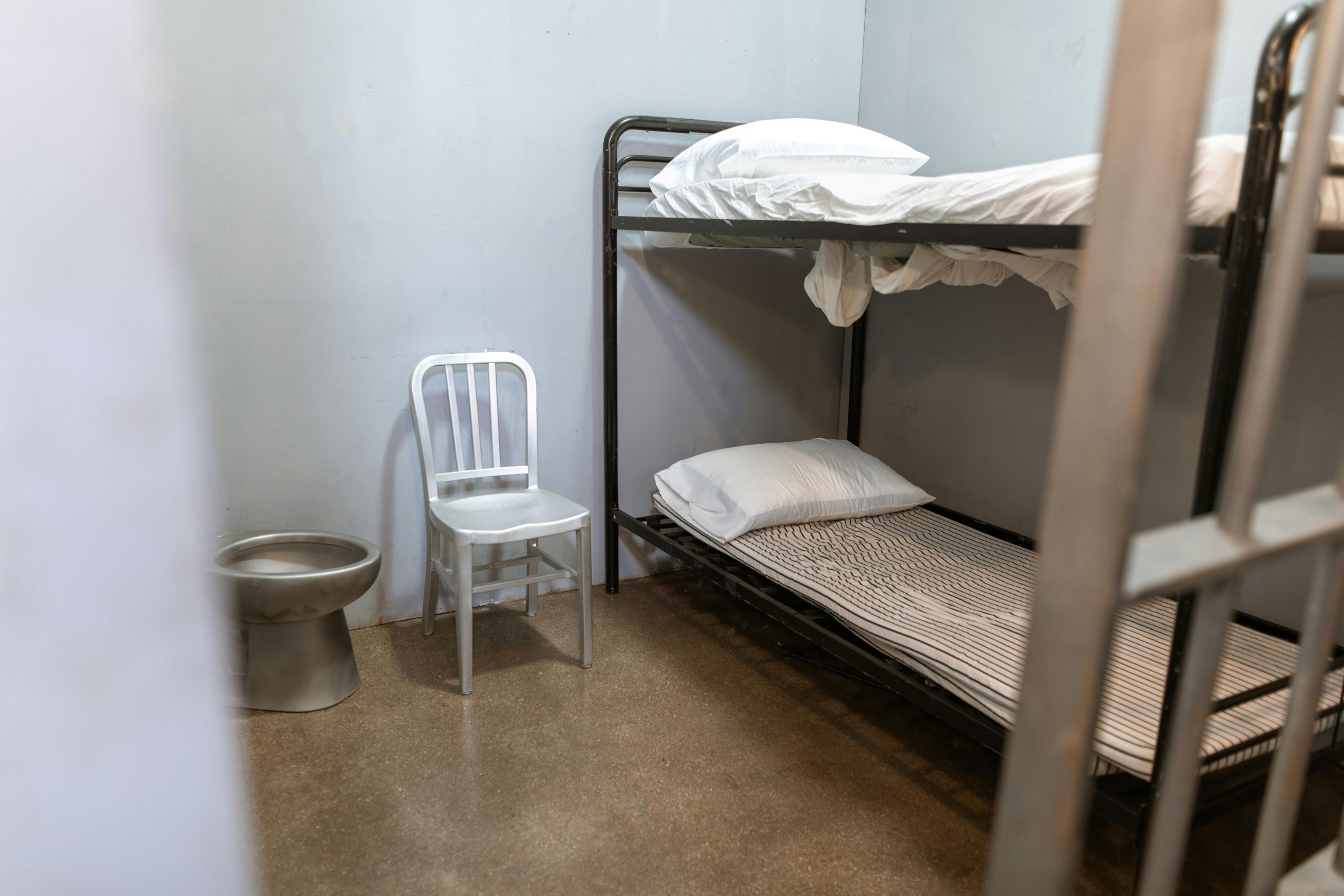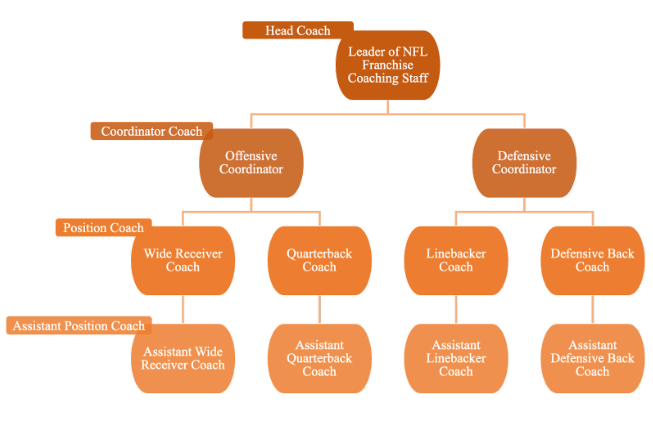
A group of young adults working at a coffee shop patio. Image by Helena Lopes under Pexels license.
The notion of a pan-ethnic Asian American identity first emerged in the United States during the civil rights movement but has become increasingly tied into a monolithic narrative that lumps Asian ethnic groups together. Lost in this process is the diversity of history, culture, languages, and political views different Asian American ethnic groups have. New research by sociologists looking at survey data examines the differences between ethnic groups in their views towards affirmative action and how, depending on their understanding of the Supreme Court’s views toward affirmative action, their responses may change.
Ji-won Lee and W. Carson Byrd conducted an experiment using data from the 2016 National Asian American Survey, a national survey of over 3,600 Chinese, Korean, Japanese, Indian, Pakistani, Bangladeshi, Filipino, Vietnamese, Cambodian, and Hmong people throughout the US about their views on race-conscious college admissions.
Around half of the participants gave their views on race-conscious college admissions; the rest received information about the 2016 SCOTUS ruling before they provided their opinions. The “split ballot” design was intended to assess the effect knowledge of the Supreme Court upholding affirmative action in Fisher v. University of Texas had on Asian Americans’ views towards affirmative action, and this brought out some important ethnic variations.
Lee and Byrd found that for the group without information about the SCOTUS ruling, attitudes towards race-conscious admissions varied widely depending on ethnicity. Over 50% of Koreans, Bangladeshis, Filipinos, and Cambodians were in favor or strongly in favor of race-conscious admissions followed closely by Japanese, Indian, and Pakistani respondents. Chinese, Vietnamese, and Hmong respondents were the least likely to be in favor of affirmative action and more likely to be opposed to it. In this sample, Asian Americans focused mostly on how they would benefit from affirmative action and the discrimination they face.
In the sample where participants did have prior knowledge of the SCOTUS ruling, the researchers found that support for race-conscious admissions attitudes decreased. When they had prior knowledge of SCOTUS-affirming race-conscious admissions, Asian Americans’ attitudes centered around their ethnoracial identities and political support for immigrants, a group identity Asian Americans are more likely to take on. The framing of the SCOTUS rulings thus demonstrates the complex relationships between Asian Americans and other racial groups. Asian Americans who embrace the idea that their interests align closer with white people end up supporting or even opposing affirmative action by considering if they could be victims of such admissions policies.
The author’s findings demonstrate the diversity in Asian American ethnic groups’ views towards affirmative action as well as the differences in how their views shift within the context of Asian American racialization in relation to other racial groups and the US legal system. Although there is a wide-held perception of Asian Americans being the same, different ethnic groups have different histories and experiences of their race and ethnicity within the US and its higher education system. By looking deeper into different groups, Lee and Byrd show how we see that different ethnic groups have different attitudes toward affirmative action. However, these findings can extend beyond affirmative action to dismantle the assumption that Asian Americans all hold the same interests, values, and cultures.









